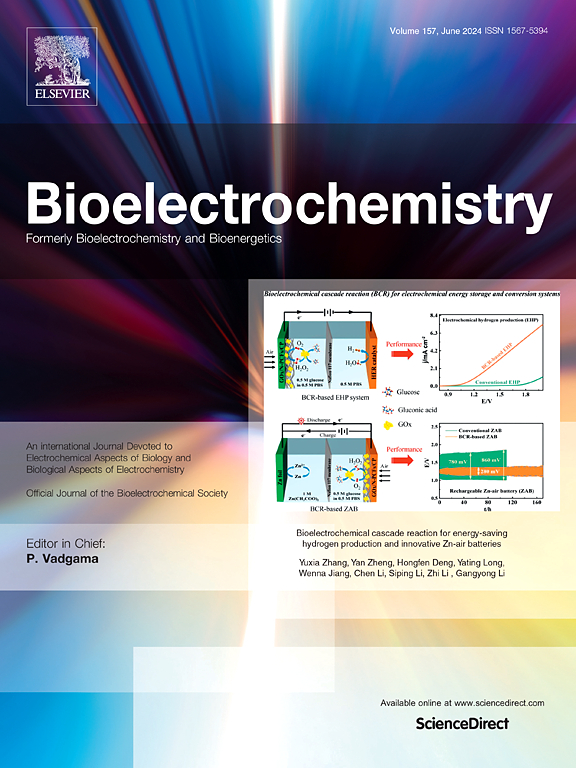Dynamic changes of media prefrontal cortex astrocytic activity in response to negative stimuli in male mice
IF 3.6
2区 医学
Q1 NEUROSCIENCES
引用次数: 0
Abstract
Astrocytes play significant roles in regulating the central stress response. Chronic stress impairs the structure and function of astrocytes in many brain regions such as media prefrontal cortex (mPFC) in multiple neuropsychiatric conditions, but the astrocytic dynamics on the timescale of behavior remains unclear. Here, we recorded mPFC astrocytic activity in freely behaving mice and found that astrocytes are activated immediately by different aversive stimuli. Astrocyte specific GCaMP6s calcium indicator were virally expressed in mPFC astrocytes and fiber photometry experiments revealed that astrocytes are activated by tail-restraint (TRT), foot shock (FS), open arm exploration, stressor of height, predator odor and social defeat (SD) stress. ΔF/F analyses demonstrated that an unpredictable stimulus such as elevated platform stress (EPS) at the initial encounter induced the most intense and rapid changes in astrocytic calcium activity, while a predictable 2,5-dihydro-2,4,5-trimethylthiazoline (TMT) stimulus resulted in the weakest response with a longer peak latency. In TRT, FS or SD test, a somatic stimulus led to higher average calcium activity level and faster average peak latency in repeated trails. Similar to TMT stimulus, astrocytic calcium activity in elevated plus maze (EPM) test exhibited a smaller average change in amplitude and the longest peak latency during open arm exploration. Moreover, astrocytic calcium activity exhibited different changes across behavioral states in SD tests. Our findings show that mPFC astrocytes exhibit distinct patterns of calcium activity in response to various negative stimuli, indicating that the dynamic activity of astrocytes may reflect the stress-related behavioral state under different stimulus conditions.
雄性小鼠中前额叶皮层星形胶质细胞活动对负面刺激的动态变化
星形胶质细胞在调节中枢应激反应方面发挥着重要作用。在多种神经精神疾病中,慢性应激会损害中枢前额叶皮层(mPFC)等许多脑区的星形胶质细胞的结构和功能,但行为时间尺度上的星形胶质细胞动态仍不清楚。在这里,我们记录了自由行为小鼠的 mPFC 星形胶质细胞活动,发现星形胶质细胞会在不同的厌恶刺激下立即被激活。在 mPFC 星形胶质细胞中病毒表达了星形胶质细胞特异性 GCaMP6s 钙指示剂,纤维光度测定实验显示星形胶质细胞在受到尾约束(TRT)、足部冲击(FS)、张开手臂探索、身高应激源、捕食者气味和社交失败(SD)应激时被激活。ΔF/F分析表明,初次接触高台应激(EPS)等不可预测的刺激会诱导星形胶质细胞钙活性发生最强烈和快速的变化,而可预测的2,5-二氢-2,4,5-三甲基噻唑啉(TMT)刺激会导致最微弱的反应和更长的峰值潜伏期。在TRT、FS或SD测试中,躯体刺激会导致更高的平均钙活性水平和更快的重复追踪平均峰值潜伏期。与TMT刺激类似,在高架加迷宫(EPM)测试中,星形胶质细胞钙活动在开臂探索过程中表现出较小的平均振幅变化和最长的峰值潜伏期。此外,在 SD 测试中,星形胶质细胞钙活动在不同行为状态下表现出不同的变化。我们的研究结果表明,mPFC星形胶质细胞在对各种负性刺激做出反应时表现出不同的钙活动模式,这表明星形胶质细胞的动态活动可能反映了在不同刺激条件下与应激相关的行为状态。
本文章由计算机程序翻译,如有差异,请以英文原文为准。
求助全文
约1分钟内获得全文
求助全文
来源期刊

Neurobiology of Stress
Biochemistry, Genetics and Molecular Biology-Biochemistry
CiteScore
9.40
自引率
4.00%
发文量
74
审稿时长
48 days
期刊介绍:
Neurobiology of Stress is a multidisciplinary journal for the publication of original research and review articles on basic, translational and clinical research into stress and related disorders. It will focus on the impact of stress on the brain from cellular to behavioral functions and stress-related neuropsychiatric disorders (such as depression, trauma and anxiety). The translation of basic research findings into real-world applications will be a key aim of the journal.
Basic, translational and clinical research on the following topics as they relate to stress will be covered:
Molecular substrates and cell signaling,
Genetics and epigenetics,
Stress circuitry,
Structural and physiological plasticity,
Developmental Aspects,
Laboratory models of stress,
Neuroinflammation and pathology,
Memory and Cognition,
Motivational Processes,
Fear and Anxiety,
Stress-related neuropsychiatric disorders (including depression, PTSD, substance abuse),
Neuropsychopharmacology.
 求助内容:
求助内容: 应助结果提醒方式:
应助结果提醒方式:


